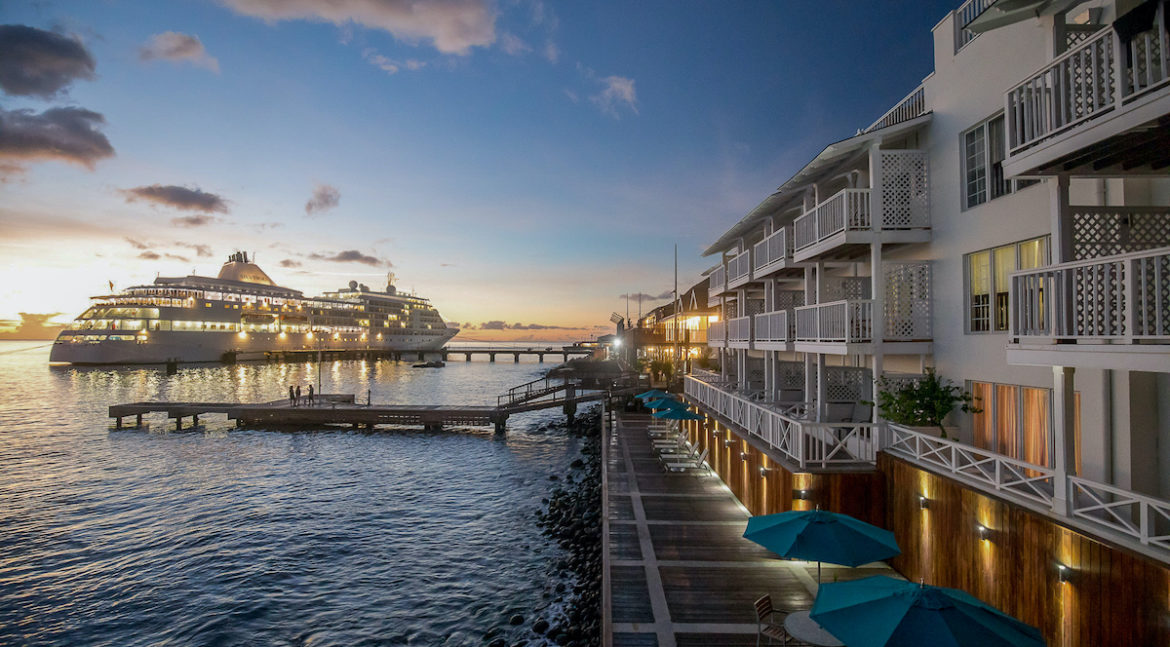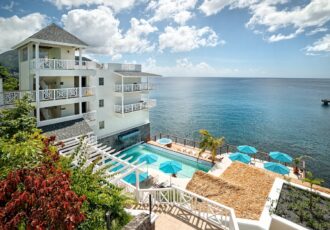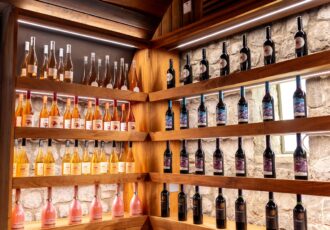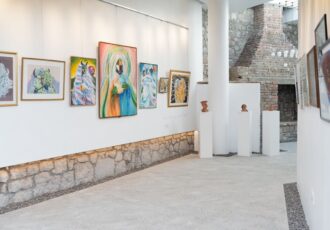Exciting news for travelers looking to explore the natural wonders of Dominica! American Airlines has announced a significant increase in flight service to the “Nature Island,” making it easier than ever to experience our Caribbean gem and sought-after resort. Starting this summer, American Airlines will offer daily nonstop flights from Miami to Dominica, a substantial […]
Read moreOf course, we travel for adventure, relaxation and sightseeing, but there’s something to be said for being able to appreciate a destination beyond face value. To jumpstart that appreciation — in preparation for your future trip to Dominica — here’s a brief history of the Nature Island.
Early History
Dominica’s first inhabitants were the Ortoroids, who settled on the island around 3100 B.C. from South America and remained there for nearly 3,000 years. Around the year 400 A.D., the Arawaks — indigenous people of South America and the Caribbean — lay their claim to the land. Fast-forward to 1400 or so, and the Kalinago (or “Caribs,” as dubbed by the Europeans) peoples wiped out the Arawak and settled in their place.
Origins of its Name
The Kalinago/Caribs named the island “Waitukubuli,” meaning “tall is her body,” inspired by the island’s vast mountain ranges and natural grandeur. Less than a century later, in 1493, Christopher Columbus arrived to the island after his voyage to the New World. He left a legacy in the form of a new name: Dominica, after the Spanish word for Sunday, as he’d first reached the island on a Sunday. Shortly thereafter, Europeans colonized the island. Approximately 2,000 Kalinago peoples — the last remaining in the West Indies — currently reside in the Kalinago Barana Auté territory on the northwestern side of the island.
Dominica Today
Dominica’s status as an independent country is very recent. Up until 1978, Dominica was still legally under British rule. Because of its many different ownerships and complicated history, Dominica has a unique culture with influences from the Kalinago, French and English inhabitants standing out and melting together.
Today, Dominica’s two biggest industries are agriculture and tourism. Bananas and other tropical fruits are a huge export, and locally harvested foods make up a huge part of the local economy as well. Its nickname of the “Nature Island” draws visitors from around the globe who seek to immerse themselves in the island’s lush wildlife, expansive hot springs and sparkling waters.
Dominica is also on track to become the world’s first climate-resilient country through environmental initiatives like clean energy and sustainability. One major initiative was the country’s recent ban on single-use plastic and Styrofoam containers in 2019 in an effort to protect the environment it’s so revered for.
A Very Brief History of Fort Young Hotel
Fort Young Hotel, located in the island’s capital of Roseau, stands upon so much of the island’s history. Dating back to 1699, the location has evolved from a military fort to a central police station, and — as of 1964 — serves as a haven for visitors as Fort Young Hotel. The hotel embodies the country’s welcoming and homely vibe, while paying homage to its rich history. Be sure to ask about a hotel tour during your stay to learn more about the hotel’s and Dominica’s history!




